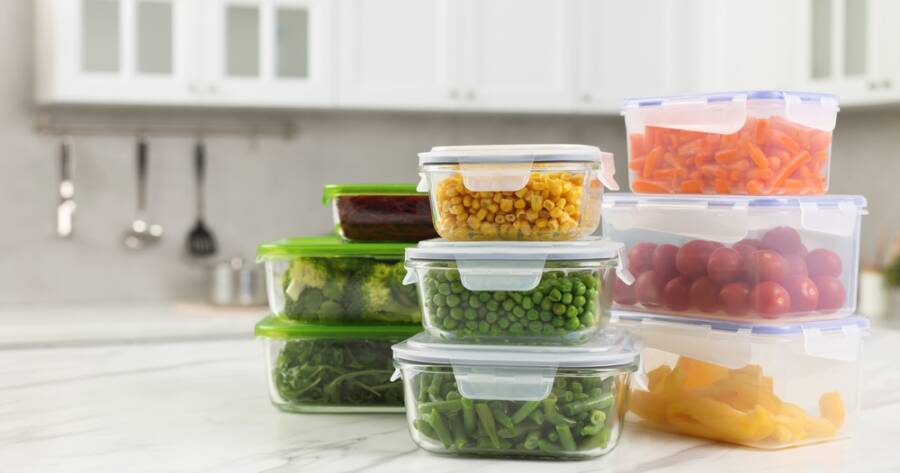Living sustainably doesn’t require an extreme lifestyle overhaul. In fact, small changes made consistently can have a big impact on both the environment and your personal well-being. By making a few mindful swaps around your home, you can reduce waste, lower your carbon footprint, and create a healthier, greener living space. Explore 10 simple eco-friendly swaps you can make at home that are easy to implement—but make a meaningful difference over time.
1. Switch to Reusable Shopping Bags
Single-use plastic bags are one of the biggest contributors to environmental pollution. Replace them with sturdy, reusable fabric bags made from cotton, jute, or recycled materials.
Why it matters: Reduces plastic waste and helps limit the number of bags ending up in landfills or oceans.
2. Ditch Paper Towels for Cloth Alternatives
Paper towels may be convenient, but they generate a lot of waste. Instead, opt for washable cloths or microfiber towels that can be reused dozens of times.
Pro tip: Cut up old t-shirts or linens to create your own DIY cleaning rags.
3. Invest in a Refillable Water Bottle
Say goodbye to single-use plastic bottles and hello to reusable stainless steel or glass water bottles. They’re better for the environment—and your wallet.
Why it matters: Helps reduce the billions of plastic bottles discarded globally each year.
4. Use Beeswax Wraps Instead of Plastic Wrap
Beeswax wraps are a sustainable, reusable alternative to plastic cling film. They mold to food containers and fresh produce, keeping items fresh without the waste.
Bonus: They come in fun patterns and last for months with proper care.
5. Replace Disposable Batteries with Rechargeables
Batteries contain toxic materials and can be harmful when improperly disposed of. Switching to rechargeable batteries reduces waste and long-term costs.
Tip: Keep a charger and spare batteries on hand so you’re never left without power.
6. Switch to LED Light Bulbs
LED bulbs last significantly longer and use less energy than traditional incandescent bulbs, making them a simple yet impactful swap.
Why it matters: Reduces energy consumption and lowers your electricity bill.
7. Opt for Natural Cleaning Products
Many conventional cleaners contain harsh chemicals that are harmful to both the environment and your health. Switch to eco-friendly brands or make your own using ingredients like vinegar, baking soda, and essential oils.
Pro tip: Look for labels that say “biodegradable,” “plant-based,” or “non-toxic.”
8. Use Bar Soap Instead of Liquid Soap in Plastic Bottles
Solid soap bars typically come with less packaging (or no packaging at all) and last longer than liquid soaps.
Go greener: Choose soaps made with natural ingredients and sold in compostable or recyclable packaging.
9. Try a Compost Bin for Food Scraps
Composting reduces the amount of organic waste sent to landfills and provides nutrient-rich soil for gardens or houseplants.
Getting started: Use a small kitchen compost bin and drop off waste at a local composting facility—or start your own backyard pile.
10. Upgrade to a Programmable Thermostat
Smart thermostats help you optimize heating and cooling schedules, reducing energy use when you’re not home or sleeping.
Why it matters: Lower energy consumption means fewer emissions and lower utility bills.
Small Steps, Big Impact
Creating an eco-friendly home isn’t about perfection—it’s about progress. By making a few simple swaps, you can create a more sustainable lifestyle that benefits both you and the planet. These changes are easy to implement, cost-effective in the long run, and help build better habits for the future.

